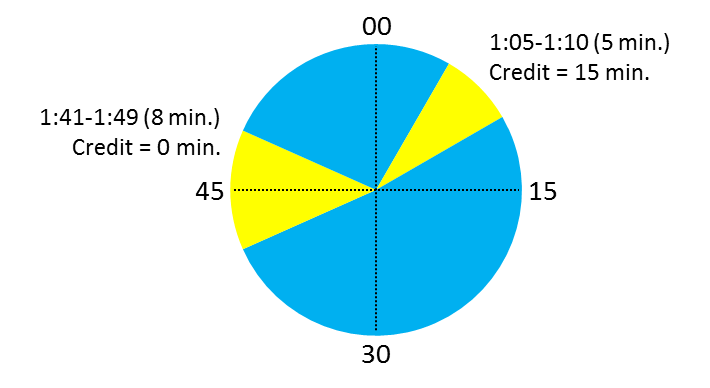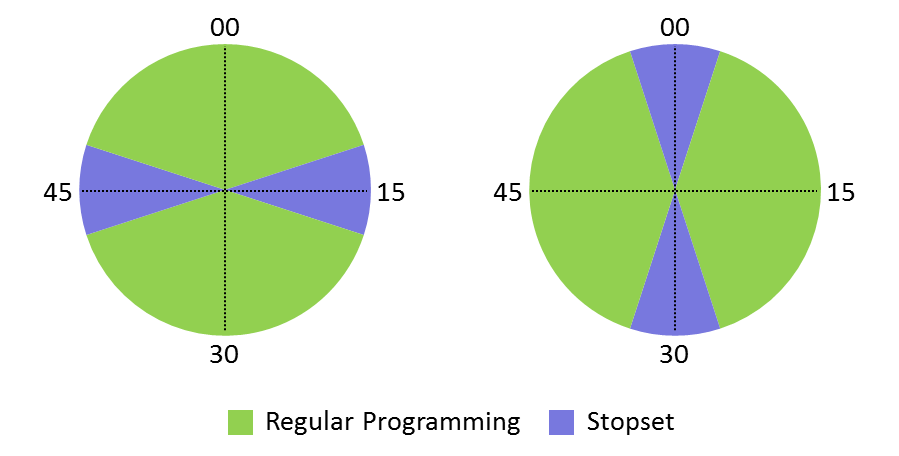
Hot Topics
When 5 = 15 and 8 = 0, or, WORK THAT CLOCK!
April 5, 2016
It’s true, in the unique world of Nielsen Audio ratings, 5 minutes of listening can count as 15 and 8 minutes might not count at all. It’s all about the quarter-hour, people.
For a diarykeeper’s or meterkeeper’s listening/exposure to be credited, they must listen/be exposed for at least 5 minutes in a quarter-hour (for credit in diary markets, those minutes must be consecutive; not so for PPM). If someone listens for 5 minutes within the same quarter-hour, the station gets credit for the entire 15-minute quarter-hour. But if someone else listens for 8 minutes overlapping the quarter-hour – 4 minutes in one quarter-hour and 4 minutes in the next – the station doesn’t get any credit.
There’s no shortage of opinions as to whether or not the quarter-hour system should be abandoned. But for now it’s what we’ve got, so let’s talk about the implications. Specifically, let’s talk about clock management.
Some of your audience will tune out when you break for commercials, there’s no way around that. To increase the chance that you’ll get 5 minutes within a quarter-hour, it’s best to place your stopsets overlapping a quarter-hour. That leaves you with plenty of content in each quarter-hour to reach the 5-minute threshold.
The two traditional methods of stopset placement are referred to as bowtie (breaking around :15 and :45) and hourglass (breaking around :00 and :30).
So which is better? It depends.
1. What are your competitors doing? Place your stopsets strategically to minimize people leaving your station for another station, and to maximize people tuning in to your station from another station. If you go to break and they tune to their second preference and they’re also in commercials, they may just switch back to you and wait. And, your competitor’s stopsets are a huge opportunity to make an impression on their first preference listeners. If they continually like what they hear on your station while their station is playing commercials, they may change their preference.
2. What are the listening patterns of your format group? Take a look at your format group’s listening habits by quarter-hour. Place stopsets when the overall format’s listening is lowest and play your strongest content when the format’s listening is highest. In other words, fish where the fish are. We’ve got an effective and convenient tool that can help you do this. It’s called the Ratings Booster. Give me a shout if you’d like to learn more.
In addition, there’s another opportunity to work your clock when you move from one program to another. Have your DJ/announcer tease what’s coming up on the next program, then lead into it immediately with no commercials in between, and start out that program with at least 5 minutes of compelling content or hot music at the top of the hour. Voila! There’s another 15 minutes.
I’m curious to know what other strategies people are using. Please share below!
-Anne Doyle, CRMC, Production Manager


Comments